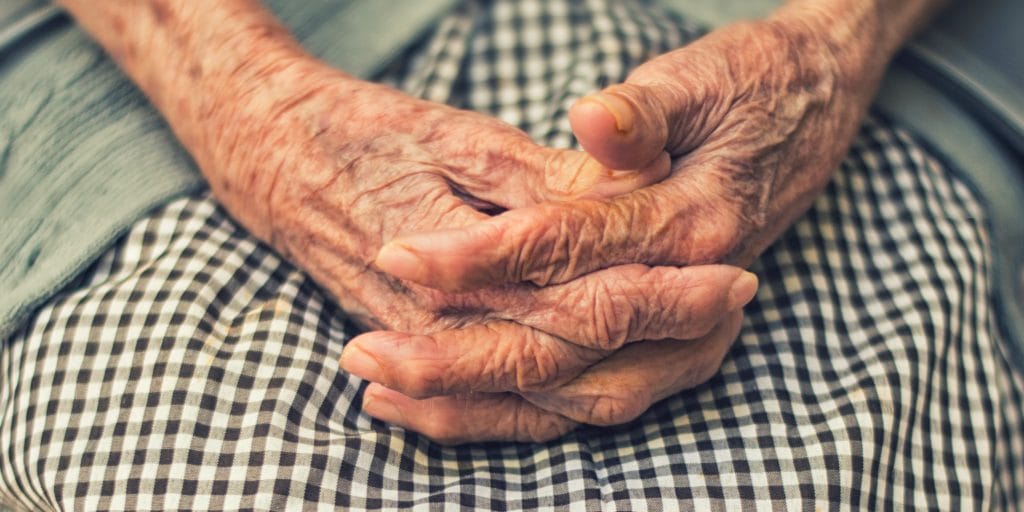Free radicals
What are free radicals? Free radicals are molecules, atoms or ions that have at least one unpaired electron. This single electron makes them extremely reactive and unstable. In order to stabilise themselves, free radicals try to ‘steal’ electrons from other molecules. This process is called oxidation and can trigger a chain reaction in which more and more free radicals are created.
How are free radicals formed?
Free radicals are produced in two ways: endogenously (within the body itself) and exogenously (through external influences).
Endogenous formation:
In the mitochondria, the ‘power plants’ of the cell, oxygen molecules are processed during energy production. This produces reactive oxygen species, i.e. free radicals, as by-products. Detoxification processes and immune defence reactions also produce free radicals.

Exogenous origin:
External factors such as UV radiation, ionising radiation, cigarette smoke, environmental toxins, air pollution, medication, stress and poor nutrition promote the formation of free radicals in the body.
What role do free radicals play in the body?
However, free radicals are not only harmful, they also fulfil important functions:
- Immunabwehr: They help fight pathogens such as viruses and bacteria by attacking them oxidatively.
- Signal transmission: In certain concentrations, they are involved in cell communication.
The problem arises when too many free radicals are produced or the body’s antioxidant defence system is no longer sufficient to neutralise them. This is referred to asoxidative stress.
Oxidative stress occurs when the balance between free radicals and antioxidants is disrupted. The highly reactive free radicals then attack important cell components such as DNA, proteins and lipids. This damage can:
- Impair cell functions
- Mutations in DNA cause
- Promote inflammation
- Contribute to premature ageing
- The development of chronic diseases such as cardiovascular disease, cancer, diabetes, neurodegenerative diseases and skin ageing.
More detailed information on the topic of ‘oxidative stress’ can be found in our encyclopaedia article on this subject.
How does the body protect itself from free radicals?
The body has a sophisticated defence system against free radicals:
- Enzymatic antioxidants: Enzymes such as superoxide dismutase, catalase and glutathione peroxidase break down free radicals. These enzymes often require minerals such as zinc, copper or selenium as cofactors.
- Non-enzymatic antioxidants: These include molecules produced naturally by the body, such as glutathione, and substances absorbed through food, such as vitamin C (ascorbic acid), vitamin E, beta-carotene, polyphenols and flavonoids. These ‘radical scavengers’ react with free radicals and neutralise them.
How can free radical damage be reduced?
- Healthy Nutrition: Rich in antioxidants (fruit, vegetables, nuts, whole grains)
- Avoiding harmful substances: No smoking, protection from UV radiation, reduction of environmental toxins
- Stress management and sufficient sleep
- Regular moderate exercise
- Avoiding excessive alcohol consumption
- If necessary, supplement with antioxidants after consulting a doctor..
Summary
Free radicals are oxygen-containing molecules that are dangerously unstable because their chemical structure is missing an electron. In their ‘search’ for the missing electron, free radicals are extremely aggressive. They simply “steal” the electron they need from the nearest intact molecule in the body. This ‘electron theft’ is called oxidation. When oxidation in the body’s cells exceeds a tolerable level, this leads to what is known as oxidative stress. The cells are damaged, which can lead to a wide variety of diseases. Our skin, for example, is constantly exposed to free radicals, which lead to oxidative stress and can thus promote premature skin ageing and impurities.